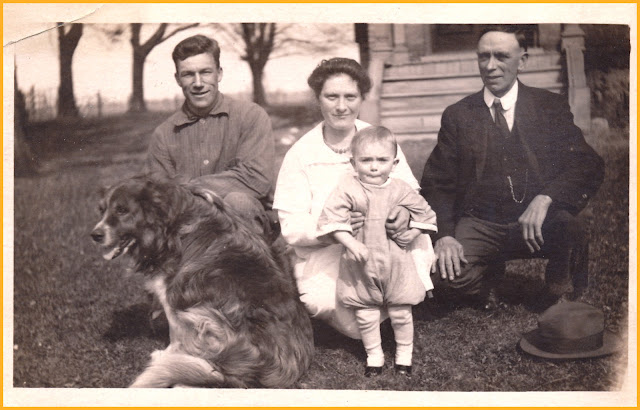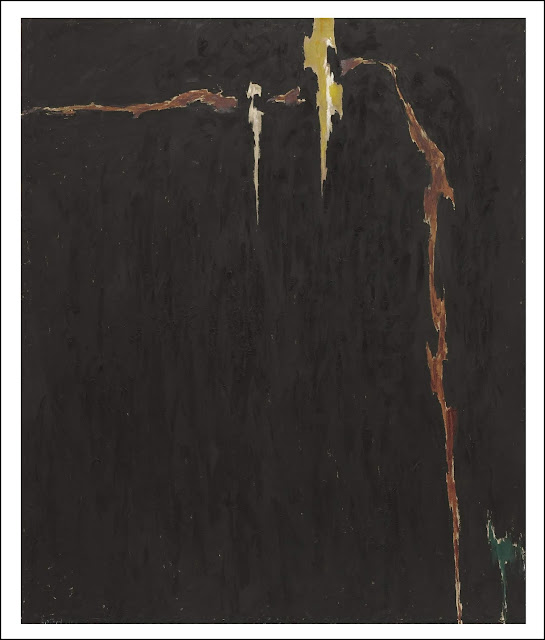Post #20
(cursor on any image for detailed viewing,
all illustrations by Michael Schreier unless otherwise acknowledged.)
In Concert for the Silent Witness: ...an authorization to voice...
( note, to view Heath video, cursor on highlighted title.)
In the beginning of...Dave Heath, in concert for the silent witness,post#19... we are introduced to a family snapshot used by Dave Heath in the original poster for his seminal work,
Le Grand album Ordinaire,
accompanied by Montaigne's famous quote
"We are all of the common herd,
( et nous sommes tous du vulgaire)" .
While having encouraged our reflection into humanity's gesture he also proffered a singular understanding and appreciation for continuity.
Where however, does one initiate such a journey?
(See post #12, reference to Temes and boy in the doorway)
On May 3, 2016, 12:23 pm Dave Heath wrote:
i'm not sure my readings are astute.it is of interest that some find the work
"obfuscating". i do not find that so. for me, it is the density of your thinking which i often find difficult to enter.
you are more of a "philosopher",word oriented. thinking that is dense like celan, like the 20th century atonal music that you like. i have sometimes wondered if the structure of your thinking is based on the density of your first language, German. i have often wondered that the books from my library that you read from are books of ideas/words, of some poetry(celan, jabès) but not others, nothing from the visual books. i have long said that photographers enter the medium through one of two doors:text (for instance nathan, (lyons)) or visual aesthetic, (Weston, Edward)
to wit, from your blog:
i am more inclined to see clifford still in "temes"
walker's photo structurally is of clarity and precision, like the grid layouts of philly and manhattan...like his subway series "many are called" wherein the quotidian populace live "lives of quiet desperation. i took his photo as the basis of "beyond the gates of eden"
though I may often find it difficult to enter your thought, I have always thought you brilliant, continue the work as you live it
regards, dave
studio,Walker Evans,>temes
see: Susan Blackmore Temes, Susan Blackmore
Clifford Still, 1944-N No 2
My answer:
May 3, 2016, 12:52 pm
Thank you for your kind thoughts and insight...I do read a great deal from the visual section of your library...it certainly sources/influences my work...but I suspect at this point in my life/thinking I am deeply involved with two specific notions, that of doubt and the other, an authority for voice. When I see the profundity of your insight, in your work, and others, I question whether I have anything of real substance to offer...Temes to me underscores a confusion that I have sometimes speculated is part of the "Story of Babel" for in that myth rests not only the notion of language but the privilege to utterance and the struggle for source...What has always struck me about the Evans photograph and his work is the depth to which he goes in recognizing the integrity of the vernacular and the anonymous. I see the window display as a tower built on the subtlety of trace and individual gesture. I also certainly absorb Nathan's text and Weston's visual aesthetics but for me there is a much deeper reflection and that is the right to existence and continuity, that in my own being I find I am challenging. Similar to my experience when one has a deep sense of loss, the very nature of validity is challenged. I have no memory other than through the story's that my parents told me, of my early years in Vienna...and when I came to Canada I could not speak as I did not yet have the language,


"schwimmen ohne worte"
( swimming without words )
...that little boy in the doorway...
is of me the first day that I could actually, in English tell and share with my father, my day's events...previously and until that day, he would not listen if I spoke in German...the link to atonal music, to the theater of the absurd, my appreciation of DAda and my understanding of Duchamp's contribution and numerous other elements stem from these early ruminations. Out of coincidence, the first and only play that I directed...The Bald Soprano by Ionesco, was his first play that he wrote to learn English...the humor and contradictions are the result of that dilemma...I am also a deep fan of Clifford Still...currently listening to Arnold Schoenberg...I find your work "Beyond the Gates of Eden" a very quiet reference to the "Tower of Babel" and the, as you suggest, quiet desperation of lives attempting to garner voice...your insights have always fueled the very nature of what I do and on many levels you are one of the few who really understands....
with tender thoughts, always, Michael
In Genesis 11:1-9 the origin myth associated with the Tower of Babel illustrates that man's hubris to build a tower sufficiently tall to reach "glory" would have serious consequences. Any displacement of voice could result in a significant loss of appreciation for both place and continuity.
Could this be true for the self-imposed exile?
1. The Absent Museum
The dutch word "afwezig" translates as an absence and may be associated with my previous reference "umsiedlung," translated as a rupture in post #18. I would like to suggest that an absence, in which language is severed from its origin, although audible, would offer little refuge for the outsider.
The Tower of Babel represented on an ancient Iraqi tablet with its companion, the origin myth suggest that each generation has embraced an understanding beyond it's pragmatics of circumstance. Approaching a higher perhaps even sacred calling, the creation of language and its ensuing celebration allowed for speculation and doubt, [while reliant upon the absorption of the immediate experience] a metaphor could encourage the discipline for storytelling; then enfranchised, language could rest concurrently with experience and knowledge.
In considering the photograph of the young boy in the doorway, can one substitute " in the beginning was the word " with " in the beginning was the sound ": a vibration, approaching an utterance, from the intuitive then embracing a suggested structure and finally, the sentence? Certainly this process would require time although the initial stages might affirm some sense of the original experience.

Any play on language and metaphor might encourage an hierarchy of experience,between the sacred and profane: from a sensitive awareness towards a conscious although speculative thought towards the richness of wonder and the existential song. An original experience offers the presence of sound, temperature, texture, light, darkness, all governed by a sentience for the immediate, yet by its nature, fluid. One selects elements within this more complex reality, to be rationalized, translated and then objectified. So, while a sculpture invites physical passage, the moving image, film, music, live theater, dance etc all determine a beginning, middle and end, all of which governed through cadence and time, offer a point of entry and exit. The photograph and the painting however congeals all of this and while seemingly democratic, remains still. It is the beholder of the work, determining by his or her reading of specific nuance, that eventually guides oneself towards interpretation and understanding: as Wittgenstein has suggested, the Muse of Possibility or the Impossibility to Muse.

...from Babel to Museum...
Why should any of these ruminations be of consequence? They are present in any curricula dedicated to the celebration of voice. One is simply referring to an association between perception, utterance and then understanding. I find however, that in the current climate of expediency, the immediate and problem solving there seems little room relegated towards genuine speculation, without which I suggest one would have little awareness of any cultural implications. and virtue. This, coupled with an overwhelming presence challenging truth in favor of fake news creates a profound climate for doubt. None of this is new as we have heard the discussion for the simulacra, a post-modern declaration that truth no longer exists; so if that is true, than how can one believe?!
As I have previously suggested:
...for the poet, an "umsiedlung" is the necessary rupture in order
to provide passage and to give value to both
the exterior and interior identity;
for the immigrant, refugee, and the exiled however,
it is also the struggle for continuity
and
a rightful urgency to belong.


























